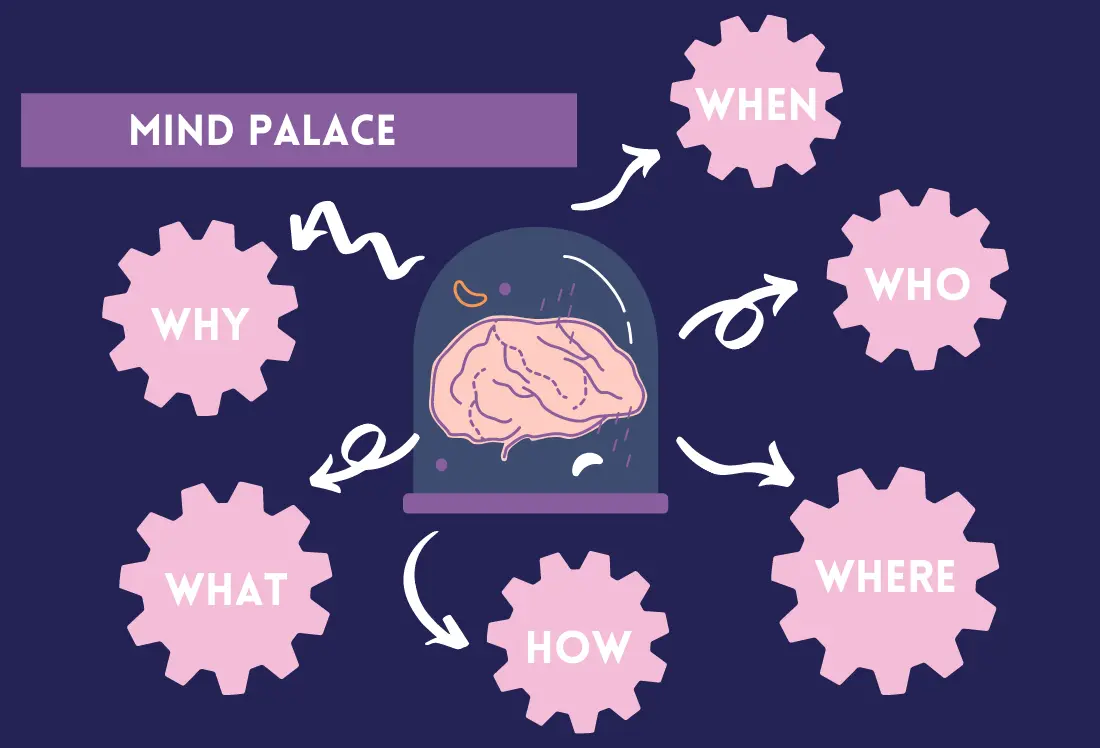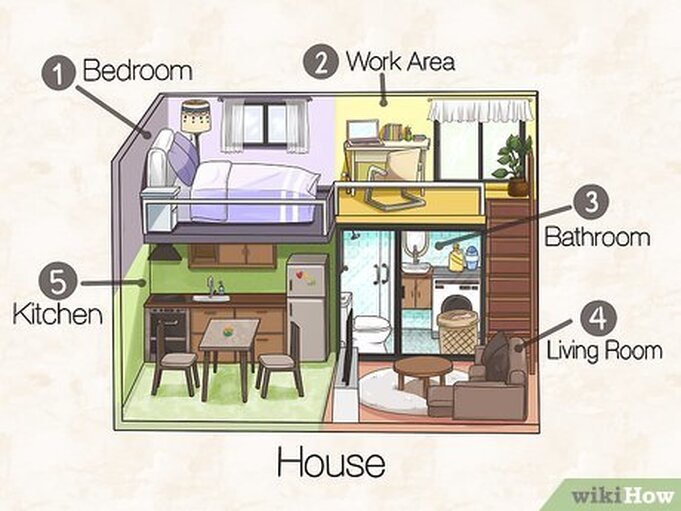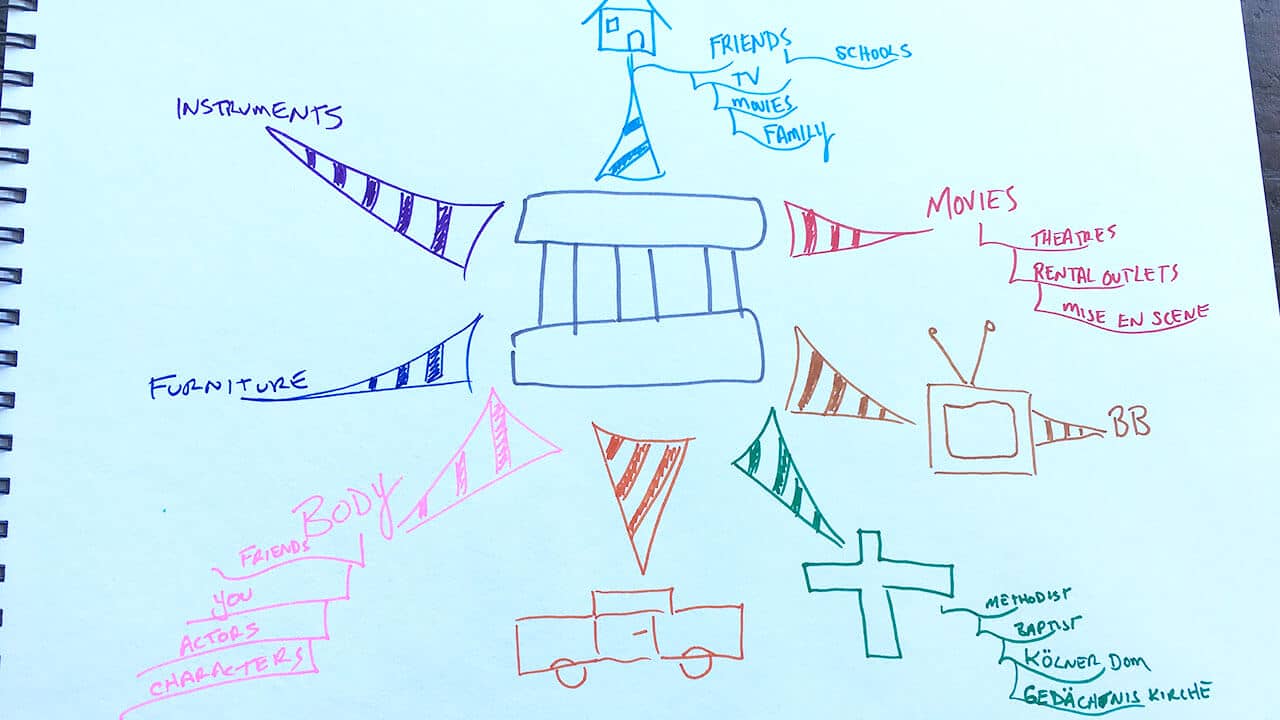.C5FiwSKU_Z2vm2yk.webp)
How to Leverage Timeline Mind Maps for Effective Event Planning
Learn how to use Timeline Mind Maps for effective event planning, organizing tasks, deadlines, and milestones to ensure a smooth and successful event.
Education Consultant

Creating effective mind maps is a powerful technique for organizing thoughts, brainstorming ideas, and visualizing complex information. In this blog, we will explore how to leverage the Mind Palace technique, also known as the Method of Loci, in combination with mind maps to enhance your memorization skills. We will discuss what a Mind Palace is, how to combine it with mind maps, the benefits of this approach, and provide a step-by-step guide to building a Mind Palace mind map. Additionally, we will share tips to maximize the effectiveness of this method. By the end of this article, you will have a comprehensive understanding of how to utilize these techniques to improve your memory retention and recall.
The Mind Palace technique is a mnemonic device that utilizes spatial memory to help individuals remember information more effectively. It involves visualizing a familiar location, such as your home or a route you often take, and associating specific pieces of information with distinct locations within that space. By mentally placing information in these locations, you create strong visual associations that facilitate recall.
For example, if you want to remember a list of vocabulary words, you might visualize placing the word “bus” on your front doorstep, “train” inside your living room, and “taxi” in your kitchen. When you need to recall the words, you can mentally walk through your palace and retrieve the information from each location. This technique is particularly effective because it leverages the brain’s natural ability to remember spatial relationships, making it easier to recall complex information.

Image from: artofmemory
Creating Mind Palace mind maps offers several advantages for memorization and learning:
Combining the Mind Palace technique with mind maps creates a powerful tool for memorization. Mind maps allow you to organize information visually, while the Mind Palace technique enhances your ability to recall that information. Here’s how to effectively combine these two methods:
Select a location you know well, such as your home or a route you often take. Familiarity will make it easier to visualize and remember the information associated with each location.

Image from: Memory Palace: Method of Loci - MISS FRANCINE’S WEBSITE 2022-2023 (weebly.com)
Choose a central theme related to your language learning, such as “Travel Vocabulary” or “Grammar Rules.” Write this topic in the center of your mind map and consider using a relevant image to make it visually appealing.This central idea will serve as the foundation for your mind map.
Identify key categories related to your central topic. For example, under “Travel Vocabulary,” you might have branches for “Transportation,” “Accommodation,” and “Food.” Draw lines from the central topic to these branches, ensuring they radiate outward.
For each main branch, add sub-branches that include specific vocabulary words or grammar rules. For example, under “Transportation,” you could list words like “bus,” “train,” and “taxi.” Use keywords or short phrases to keep the information concise and memorable.
Mentally place the information you want to remember in specific locations within your chosen space. For example, you could place the word “bus” in your living room, “train” in your kitchen, and “taxi” at your front door. This spatial association will help you recall the words more easily.
Use colors, symbols, and images to represent different concepts. For instance, you might use a blue color for transportation words and draw a small bus icon. Visual elements help in creating associations and enhancing recall.

Image from: magneticmemorymethod
Regularly revisit your mind map to reinforce memory. Use spaced repetition by reviewing it after one day, one week, and one month. Update the map with new vocabulary or grammar rules as you learn them.
By combining the Mind Palace technique with mind maps, you create a structured and engaging way to memorize information, making it easier to recall when needed.
Mind Palace Mind Maps are particularly effective for learning a new language, as they help you associate vocabulary words and grammar rules with familiar locations. For example, you could create a Mind Palace Mind Map for “Vocabulary”,setting Parthenon-esque column as the central image.Placing words(sub-Branches) in different catagories in different situations(Main branches).Place these words in the situations and recall them regularly.

Image from: magneticmemorymethod
By following these steps and incorporating the Mind Palace technique, you can create engaging and effective Mind Palace Mind Maps to enhance your language learning experience. This approach helps you associate vocabulary words and grammar rules with familiar locations, making it easier to recall and apply what you’ve learned in real-life situations.
By following this guide, you can effectively utilize the Mind Palace technique in combination with mind maps to enhance your memorization skills. This approach not only makes learning more engaging but also helps you retain and apply what you’ve learned in real-life situations. Embrace these techniques to take your language learning to the next level.
.C5FiwSKU_Z2vm2yk.webp)
Learn how to use Timeline Mind Maps for effective event planning, organizing tasks, deadlines, and milestones to ensure a smooth and successful event.
Education Consultant

Compare MindMeister and Coggle, two leading web-based services, to discover which mind map tool is best for your team’s collaboration and productivity needs.
Education Consultant

Here’s a rundown of the best online mind map tools for collaboration that can enhance your team's productivity and creativity. This blog delves into the diverse uses and advantages of concept mapping, drawing insights from various sources.
Education Consultant